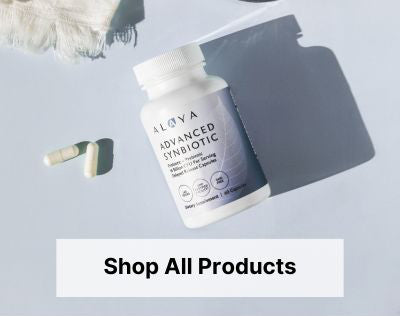Black Friday Sale: 30% OFF with code BFCM30
Black Friday Sale: 30% OFF with code BFCM30
shop

Are All Sunscreens Safe?
April 09, 2022 3 min read
Toxic Sunscreens: What You Need to Know
Although our skin needs protection from the sun all-year round, it’s often near Spring and Summer that we find ourselves looking at the extensive variety of sunscreens trying to remember which ingredients are toxic, and which ingredients are supposed to protect us best.
For those moments, we’ve created this guide to toxic sunscreens (with safer alternatives included, too).
4 Sunscreen Ingredients to AVOID
1. Oxybenzone
Oxybenzone is generally considered the most dangerous of ingredients in sunscreens today. While the EU restricts its use to 2.2% per product, the US allows an alarming 6%.
It’s an effective ingredient in sunscreens because of its UV absorption, but it also is readily absorbed into the skin and can mimic hormones in the body. This disrupts normal endocrine function and can cause conditions such as endometriosis, male infertility, or hormone-related cancers in both men and women.
This ingredient has been recognized as a dangerous and toxic chemical internationally, and has even been banned in some countries for its devastating effects on local marine life.
Avoid oxybenzone, period.
2. Octinoxate (Octyl Methoxycinnamate)
Octinoxate is also readily absorbed into the skin and continues to be absorbed long after you’ve applied your sunscreen. This causes the octinoxate to accumulate in the body and cause disturbances in your natural hormones like androgen and progesterone.
Its long-lasting accumulation in the body has resulted in endocrine disruption and octinoxate appearing in breast milk, urine, and blood in studies like this one.
Octinoxate is another toxic ingredient banned in many countries for its effect on local marine ecosystems.
3. Homosalate
Another hormone disruptor, homosalate absorbs UVB rays to protect the skin from sun exposure, but at a damaging cost. Because it absorbs into our bodies faster than we can dispose of it, the build up disrupts our hormones and makes us more susceptible to other chemical reactions.
4. Avobenzone
While avobenzone’s effects on the endocrine system seem less than its other toxic chemical counterparts, it is known to cause higher rates of skin irritation. Interestingly, avobenzone isn’t sun-stable and actually breaks down in the sun. To prevent this and still use it as a UVA blocker, it’s paired with stabilizers which can have their own chemical effect on the body.
So Which Ingredient is Safe and Effective? Find a Mineral-based sunscreen
While avoiding the toxic sunscreen ingredients above, here are some safer suggestions to help you find a better sunscreen for your skin.
- Opt for mineral sunscreens with ingredients like zinc oxide and titanium dioxide. These are generally more stable in sunlight and safer than the chemical alternatives.
- Go for broad-spectrum sunscreen: this means that it protects against both UVA and UVB rays.
- Protection from the sun includes more than just sunscreen: cover up with SPF clothing, hats, and sunglasses for full sun protection.
- Check out the latest Guide to Sunscreens by the Environmental Working Group (EWG) to find the latest top-rated and safest sunscreen products for the year.
Enjoy the Sun!
These are just a few suggestions to keep in mind when browsing through those many sunscreen options available to you. Just remember, the most important aspect of protecting your skin from the sun is consistency. Find a sunscreen that meets your requirements and stick to it to keep your skin and body healthy, young, and happy.

